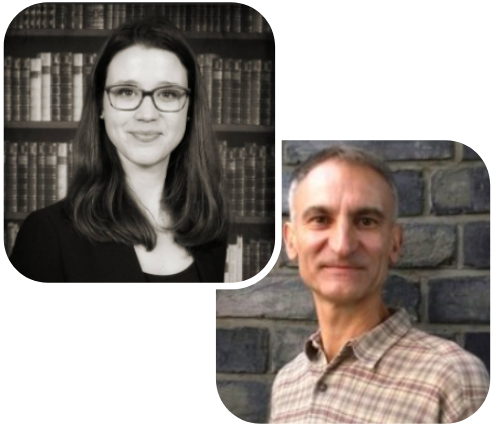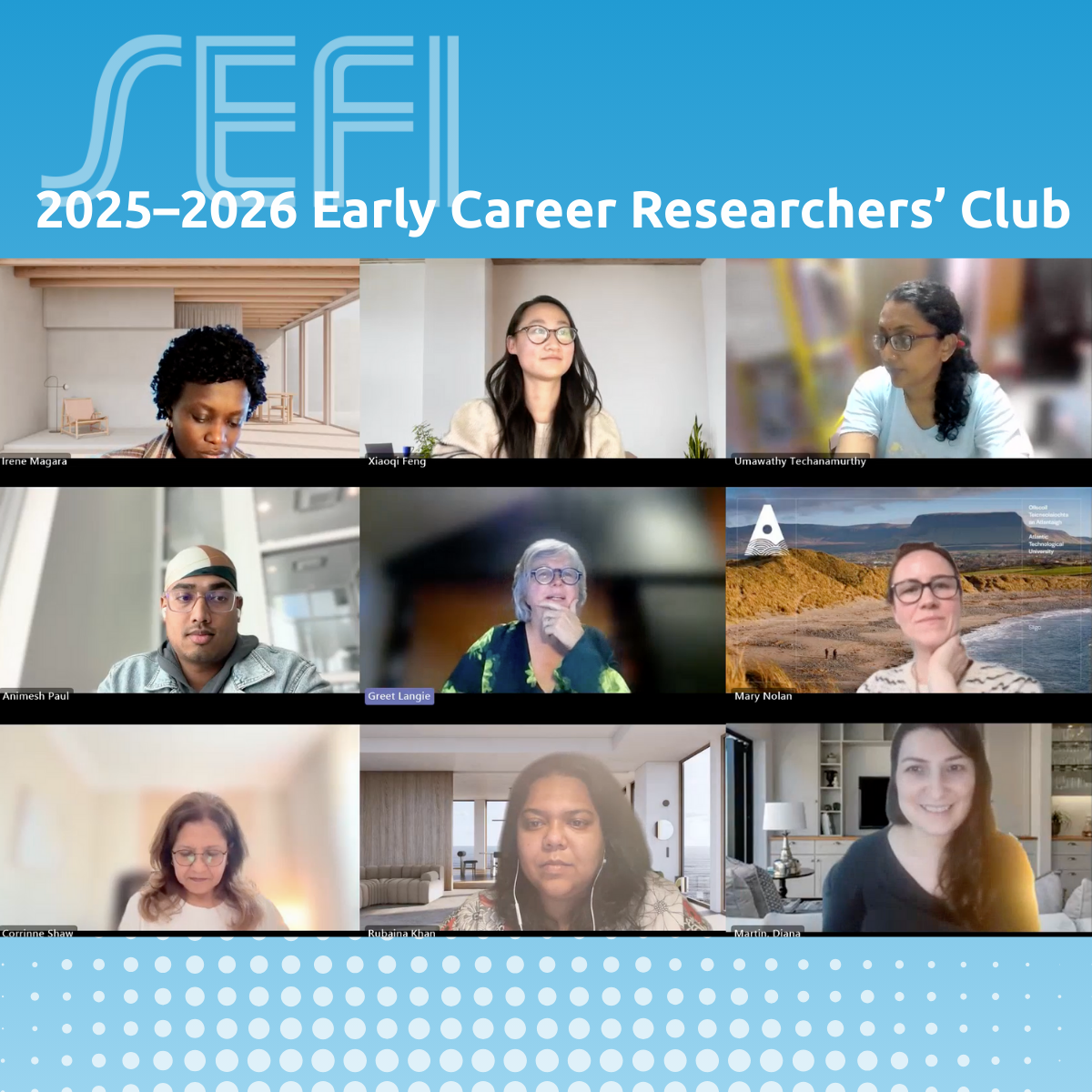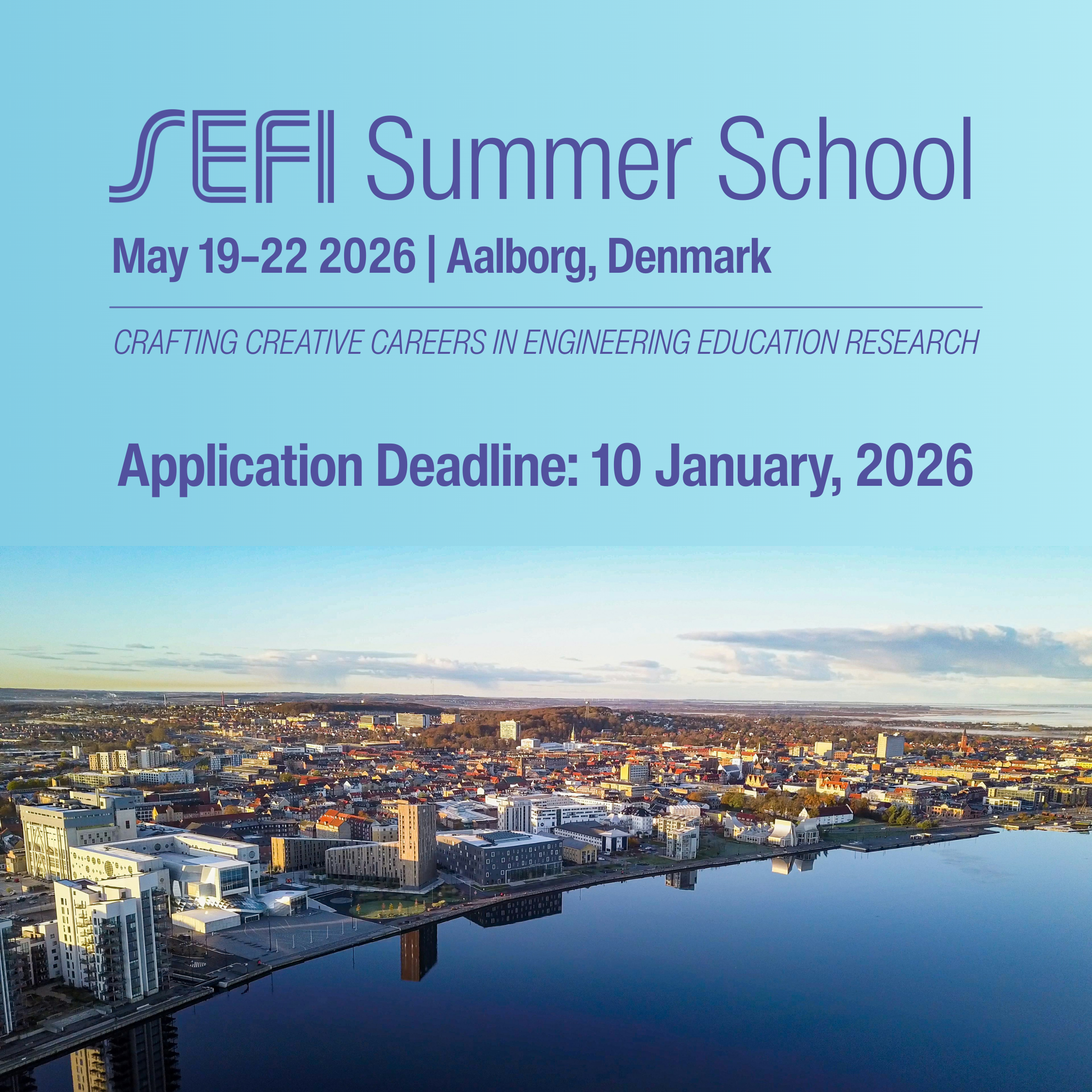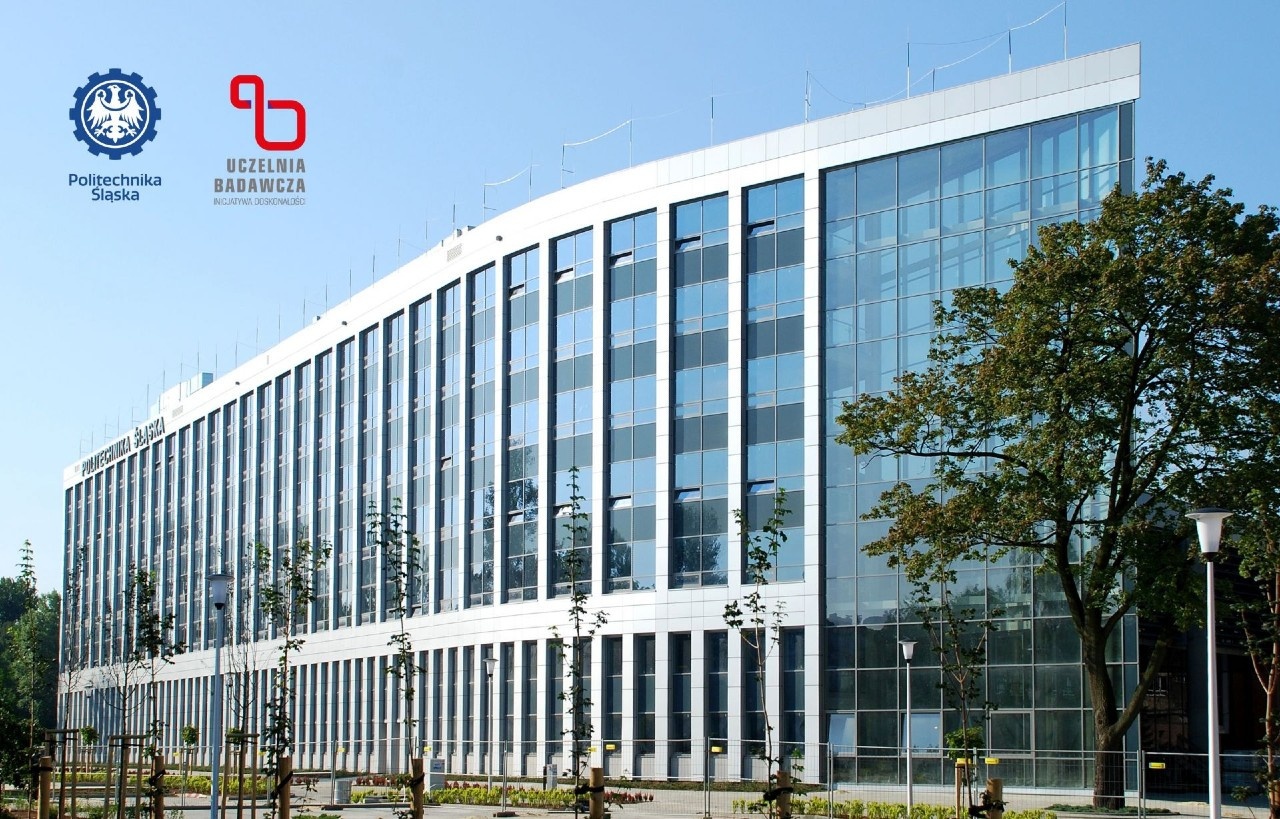The SEFI Early Career Researchers’ Club is a 9-month initiative designed to support and connect…
Inês Direito and Jan Van Maele from SEFI Diversity Equity and Inclusion Special Interest Group with Natalie Wint and Neil Cooke

Terms such as diversity, equity, equality, and inclusion have long featured in discussions relating to engineering education, and are often used interchangeably. Their meaning both evolve over time and vary significantly across context. Such changes and variation have implications for the areas in which efforts towards DEI, are focused, as well as to learn from good practice and monitor progress (Meija and Martin, 2023). Such differences have been highlighted in the work of Pineda and Mishra (2023) who claim that the semantics of ‘diversity’ had not become global or universal, and conclude that interpretation is influenced by the local socio-political settings.
Given such differences in interpretation, it is encouraging that ASEE & SEFI call for a commitment to “deepen and broaden our understanding of inequities, so that we are prepared to take action to transform our institutions, universities, and the whole of the engineering community” (p. 2) within their Joint Statement on Diversity, Equity, and Inclusion (2020). The organisations claim that “steady gains have been made” in terms of “decreasing imbalance for white women” but acknowledge that progress is needed with respect to “all segments of our society, including minoritized races, immigrant populations, disabled persons, and economically marginalized groups”.
In keeping with such commitments, (what was) the SEFI Gender and Diversity Special Interest Group (SIG), changed their name to Diversity, Equity and Inclusion saying that they “embrace a broad understanding of diversity, equity and inclusion and work to better represent all SEFI members and the wider engineering education community. It is our experience that definitions of diversity, equity and inclusion vary considerably between different contexts and institutions, and that many initiatives have been primarily concerned with widening the participation of women in engineering”.
In this episode we speak to Dr. Inês Direito, an Assistant Researcher at the Centre for Mechanical Technology and Automation, University of Aveiro (Portugal) and Dr Jan Van Maele, Professor in Language and Communication at the Faculty of Engineering Technology at KU Leuven (Flanders, Belgium). Our two guests bring together their complimentary expertise (Inês in Psychology and in researching student experience and mental health, and Jan in teaching languages in a context in which language policies have created obstacles to creating cultural diversity) to discuss their work exploring how the engineering education community believe DEI related terms are understood and implemented in their own institution and in other contexts around the globe.
The rest of the article will summarise key discussion points:
The start of a collaboration
Inês and Jan describe how they met at a time when the SEFI SIG for Gender and Diversity (which Inês chaired at the time) was looking to broaden their scope. Jan was looking for somewhere to share is work into cultural diversity which he had started with Becky Bergman (Chalmers, Sweden). There was subsequently a shift in the SIG name from “Gender and Diversity” to “Diversity, Equity, and Inclusion”.
Terminology
Jan explains some of the differences between terms used including
- Diversity: The characteristics (visible and hidden) of who is in the room, taking account of the fact that we all have composite identities, which mean different things in different environments. Theconsensus definition of ‘diversity’ that emerged from last year’s SIG workshop was: “Diversity is… bringing together people from a variety of backgrounds, with different experiences and perspectives, valuing their unique qualities as equal to our own by listening to their voices and considering them as resources for enhanced creativity and as gifts for greater joy”
- Equity: removing the barriers to create a level playing field
- Inclusion: A sense of belonging.
The workshop
Jan describes the workshop that took place at SEFI 2023 which included invited panellists from different continents and countries (United Kingdom, United States of America, Venezuela, South Africa, People’s Republic of China), and representing different engineering education communities across the globe (SEFI, American Society for Engineering Education, Research in Engineering Education Network, South African Society for Engineering Education). Each presented their perspectives in relation to the following questions:
- To your knowledge, how prominent has DEI been in recent times in the discourse on engineering education in your region?
- In your experience, which DEI issues have been at the forefront of people’s attention in your region in engineering education?
- In your opinion, what have been the achievements and weaknesses of the current discourses and actions around DEI in engineering education in your region?
This was followed by small group discussions, during which participants examined their personal and the panellists’ perspectives with the facilitators.
Jan then introduces Homero Murzi, past chair of the ASEE Commission on DEI and incoming chair of REEN, who represented the North-American and a Latin-American perspective. He explains that Homero considers DEI as an umbrella term for the characteristics and dimensions that we choose to focus on.
Homero Murzi (North-American and a Latin-American perspective)
Homero explained how being a Latino man in Venezuela only became a salient feature when he moved to the US, this being a determining factor in his personal experience. In Venezuela, he researched how to make classrooms more inclusive, for instance towards students who feel the need to hide aspects of their identity that go against norms in society. Homero described how, upon moving to the USA, he needed several years to understand what particular diversities meant from a US historical perspective and how he began to recognise the role of local context within the country. Although he acknowledged the substantial funding for research on broadening participation and the inclusion of particular groups both in the US (the Latinx space; the Afro-American experience) and in Venezuela (e.g. specific indigenous groups), he spoke of the issues associated with prescribed solutions which have been designed without fully involving the people impacted. He also alluded to the cyclic nature of research topics, something attributed to the fact that research into teaching is not often translated into practice.
In response to this, Jan and Inês warn of the risks associated with reductionist approaches, including the danger of overseeing intersectional matters and of ascribing identity dimensions that conflict with people’s avowed identities.
Karin Wolff, President of SASEE (South African perspective)
Karin highlights how DEI work in South Africa focuses on redressing the effects of long-term racial discrimination towards the majority of the population brought about by apartheid, this contrasting to many other contexts which focus on minorities. She explains that DEI is embedded within a wider national programme for a structural socio-economic transformation of the country. Specifically within engineering education, this transformation has involved the revision of the national qualifications framework, as well as foundation, academic literacy, and other community engagement programmes. However, she describes a lack of coordination between these programmes. Whilst enrolment of females and the non-white population in engineering education has increased, these groups remain underrepresented when considering graduation statistics, something which speaks to a need to take an integrated approach to monitoring. Karin points to the need to work on engaging students in the transformation processes and a sustained decolonization of the curriculum.
Xinrui XU (Chinese perspective)
Xinrii Xu is an engineering educational researcher at HUST in China and a former career service consultant at Purdue University, having experience of being an international student in the USA. She explains that gender is the most discussed minority characteristic within engineering education in China, but that issues may not be framed within a DEI framework. She describes how women live with the fear of falling behind in their career when they decide to get married and have a family, and how employers commonly assign women with less central and less challenging tasks. These factors, alongside a lack of female role models, make it almost impossible for female engineers to compete with their male counterparts.
Her statement reminds us gender remains a prominent issue within many parts of the world, but also of the need to explore matters even if they are not referred to as diversity, inclusion or equity issues.
The episode concludes with a call to action for listeners to reflect on their own contexts, engage with diverse perspectives, and seek out professional development opportunities in DEI. Jan and Inês also invite listeners to share their experiences and insights with them to further enrich the ongoing conversation.
To watch the video from which these clips were taken, visit:
https://play.chalmers.se/media/DEI_Video_ver_3/0_2p6ns0g5
For the paper about the SEFI 2023 workshop mentioned see:
Van Maele, J., Bergman, B., Direito, I., & Murzi, H. (2023). How Diverse Are Global Perspectives On Diversity, Equity, And Inclusion In Engineering Education? European Society for Engineering Education (SEFI). DOI: 10.21427/DP74-4P30
https://arrow.tudublin.ie/cgi/viewcontent.cgi?article=1004&context=sefi2023_wkshp
Other references
Mejia, J. A., and Martin, J. P. 2023. “Chapter 11: Critical Perspectives on Diversity, Equity, and Inclusion Research in Engineering Education.” In International Handbook of Engineering Education Research, edited by A. Johri, 218-238. New York: Routledge.
Pineda, P., Mishra, S. The semantics of diversity in higher education: differences between the Global North and Global South. High Educ 85, 865–886 (2023). https://doi.org/10.1007/s10734-022-00870-4
Wheel of power and privilege
Duckworth, S.(2017). Wheel of Power/Privilege. [Image]. Retrieved from https://ccrweb.ca/en/anti-oppression


